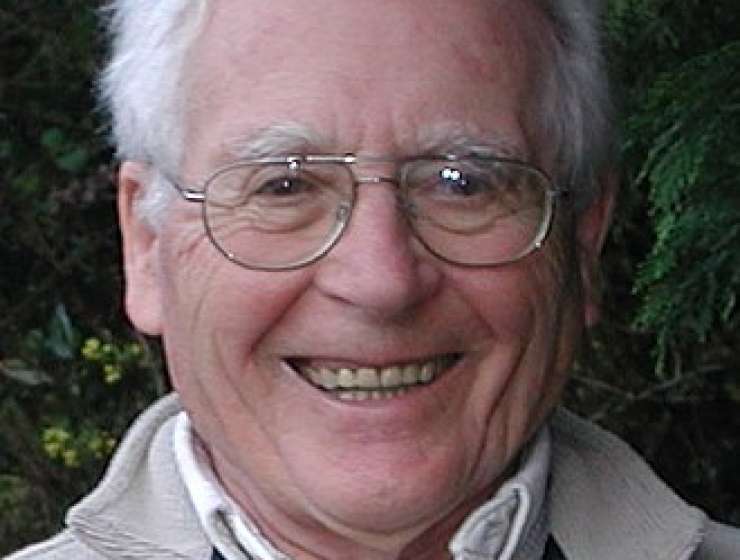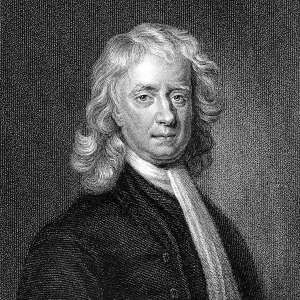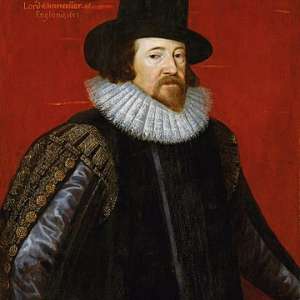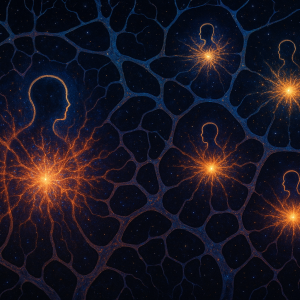
James Lovelock will always be associated with one big idea: Gaia. The Oxford English Dictionary defines this as “the global ecosystem, understood to function in the manner of a vast self-regulating organism, in the context of which all living things collectively define and maintain the conditions conducive for life on earth”. It cites the independent scientist as the first to use the term (ancient Greek for Earth) in this way, in 1972.
On 26 July, Lovelock will be 100; his long career has sparkled with ideas. His first solo letter to Nature — on a new formula for the wax pencils used to mark Petri dishes — was published in 1945. But, unusually for a scientist, books are his medium of choice. He has written or co-authored around a dozen; the latest, Novacene, is published this month.
As that book’s preface notes, Lovelock’s nomination to the Royal Society in 1974 listed his work on “respiratory infections, air sterilisation, blood-clotting, the freezing of living cells, artificial insemination, gas chromatography and so on”. The “and so on” briefly referred to climate science, and to the possibility of extraterrestrial life. The story of Gaia began with a question posed by NASA scientists while Lovelock was a consultant at the Jet Propulsion Laboratory in Pasadena, California. That is, how could you tell if a planet such as Mars harboured life?










































